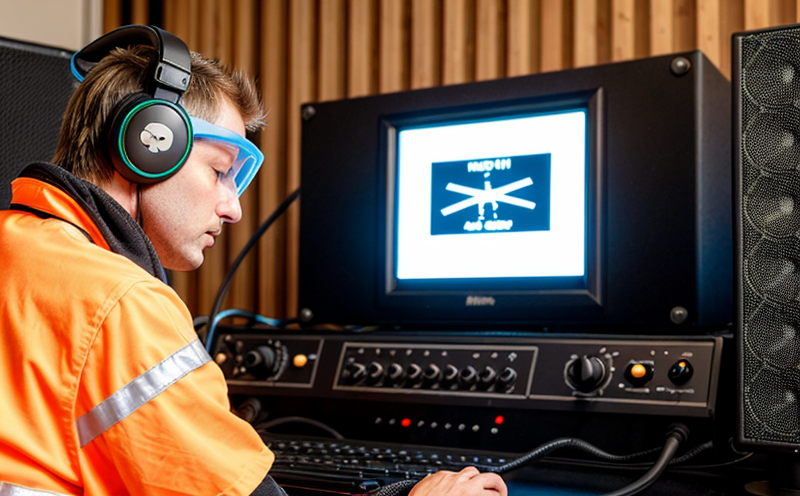EN 71-1 Acoustic Safety Testing for Toys
The European Standard EN 71-1:2019 specifies requirements and test methods for ensuring the acoustic safety of toys. This standard is crucial to manufacturers, quality managers, compliance officers, and R&D engineers who are responsible for developing and producing safe toys for children. The primary goal of this testing is to protect young users from potential hearing damage or discomfort caused by excessively loud sounds emitted by toys.
The standard covers a wide range of noise sources that can be found in toys, including but not limited to, mechanical noises produced by spinning parts, electronic noises generated by battery-operated components, and sound effects that are part of the toy’s intended design. Compliance with EN 71-1 ensures that toys meet stringent safety criteria set forth by European Union regulations.
Our laboratory specializes in providing comprehensive acoustic testing services for toys based on this standard. Our experienced team uses advanced equipment to measure noise levels accurately and reliably, ensuring that all products meet the strictest requirements. This service is essential not only for compliance but also to build trust with customers and enhance brand reputation.
Accurate measurement of sound pressure levels (SPL) in decibels (dB) is critical during testing. Our laboratory employs state-of-the-art sound level meters that can capture noise data from various angles around the toy, providing a full picture of its acoustic properties. Additionally, we use specialized software to analyze this data and compare it against the limits specified in EN 71-1.
For mechanical toys with moving parts, such as cars or dolls with rotating wheels, our technicians carefully disassemble these components before testing. This process ensures that all potential noise sources are exposed for accurate measurement. Electronic toys require a different approach; our engineers examine the circuitry to identify any components capable of generating sound.
Once collected, the data is analyzed using statistical methods to ensure consistency across multiple samples or production runs. Compliance with EN 71-1 requires that no toy exceeds an SPL limit of 85 dB when placed close to a child's ear (approximately 2 cm away). If any part of the toy surpasses this threshold, it must be redesigned or modified accordingly.
| Standard Name | Description |
|---|---|
| EN 71-1:2019 | European Standard for Acoustic Safety of Toys |
In summary, our EN 71-1 acoustic safety testing service offers reliable measurements and thorough analysis to help manufacturers ensure their products comply with European regulations. By partnering with us, businesses can reduce risks associated with non-compliance while enhancing product quality.
Applied Standards
| Standard Name | Description |
|---|---|
| EN 71-1:2019 | European Standard for Acoustic Safety of Toys |
Eurolab Advantages
Our laboratory offers several advantages when it comes to EN 71-1 acoustic safety testing for toys:
- State-of-the-art equipment and software ensure precise measurements.
- A highly skilled team with extensive experience in toy manufacturing and compliance.
- Comprehensive analysis services that go beyond mere testing to offer insights into design improvements.
- Quick turnaround times, allowing clients to receive results promptly.
International Acceptance and Recognition
The EN 71-1 standard is widely accepted across Europe and many countries around the world due to its comprehensive approach to toy safety. Some of the key regions where compliance with this standard is required include:
- European Union (EU)
- United Kingdom
- Northern Ireland
- Switzerland
- Israel
- Others, as per local regulations





